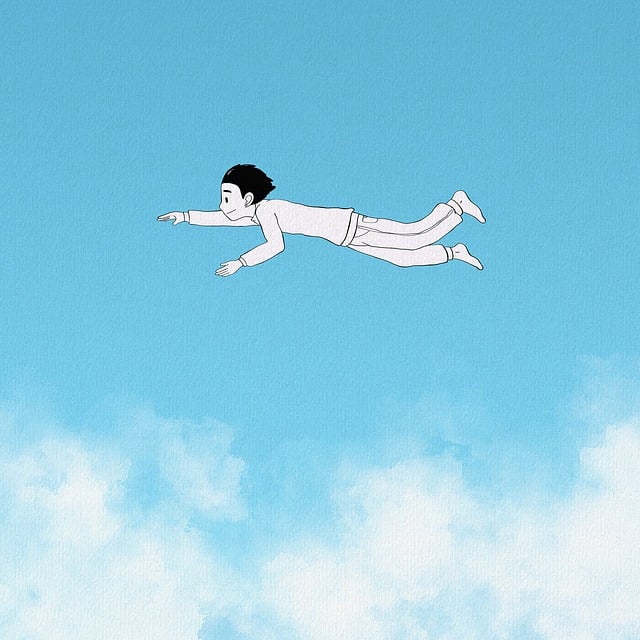Teen depression demands innovative approaches, and creative therapies like art, music, and writing offer powerful solutions. These alternative methods provide teens with safe avenues to express emotions, gain insights, and develop healthy coping strategies, significantly improving mental health outcomes. Art therapy visualizes and processes feelings, music therapy stimulates the brain's reward system, and writing helps teens challenge negative thought patterns. Integrating these creative therapies into support systems enhances traditional talk-based treatments, fostering self-discovery, resilience, and improved emotional well-being for adolescents dealing with depression.
Teen depression is a growing concern, but creative therapies offer a promising path to healing. This article explores how art, music, and writing can empower teenagers to navigate their mental health challenges effectively. We delve into the profound impact of these expressive outlets, providing insights on their role as a powerful tool against teen depression. By understanding individual benefits and integrating creative therapies into support systems, we can foster resilience and enhance well-being.
Understanding Teen Depression and Its Impact
Teen depression is a serious mental health issue that significantly affects adolescents, impacting their daily lives and overall well-being. It’s essential to recognize the unique challenges teens face in expressing their emotions and coping with stress. Creative therapies offer an innovative approach to addressing teen depression by providing alternative means of communication and emotional release.
Art, music, and writing therapies create safe spaces for teens to explore and articulate their feelings. These therapeutic modalities encourage self-expression, fostering a sense of empowerment and understanding. By engaging in creative activities, teenagers can indirectly process and manage their emotions, gain insights into their thoughts, and develop healthy coping mechanisms. This, in turn, contributes to improved mental health outcomes and enhances their ability to navigate the challenges of adolescence.
Creative Therapies as a Powerful Tool
Creative therapies, including art, music, and writing, offer a powerful tool in addressing teen depression. These forms of expression allow individuals to explore and communicate their emotions in unique ways that traditional talk therapy might not achieve. By engaging in creative activities, teenagers can find alternative means to process complex feelings, gain a sense of control, and develop healthy coping mechanisms.
The benefits extend beyond emotional release; creative therapies can foster self-discovery, build resilience, and enhance overall well-being. For instance, painting or playing music can provide an outlet for aggression or frustration, while writing can encourage reflection and personal growth. These therapeutic avenues are especially appealing to teens who may struggle with verbalizing their experiences, offering a non-threatening and engaging alternative for healing and recovery from teenage depression.
Art, Music, and Writing: Exploring Individual Benefits
Art, music, and writing offer unique and powerful therapeutic benefits for teenagers dealing with depression. Engaging in these creative activities allows teens to express their emotions in a safe and non-threatening manner. Art therapy, for instance, provides an outlet for visualizing and processing complex feelings, enabling self-discovery and emotional release. A teenager might struggle to articulate their sadness or anxiety verbally, but picking up a paintbrush or pencil can help them communicate these experiences through colors, shapes, and words on a canvas.
Music therapy is another game-changer in addressing teenage depression. Creating or listening to music can stimulate the brain’s reward system, boosting mood and reducing stress. Writing, too, serves as an effective tool for processing thoughts and feelings. Putting pen to paper allows teens to gain perspective, challenge negative thought patterns, and develop coping strategies. These creative therapies offer a sense of agency, empowering teenagers to take control of their emotional well-being in a supportive and engaging environment.
Integrating Creative Therapies into Support Systems
Integrating creative therapies into support systems for teen depression is a powerful strategy that offers unique advantages. Art, music, and writing provide teens with alternative means of expression when words may seem insufficient. These therapeutic modalities encourage self-exploration and emotional release, allowing individuals to process complex feelings in a safe, non-judgmental space. By incorporating creative activities into existing support networks, such as school counseling programs or community mental health services, professionals can enhance the overall effectiveness of depression treatment for teenagers.
Creative therapies complement traditional talk-based approaches by engaging teens’ senses and imaginations. For instance, art therapy sessions may involve painting, sculpting, or collage-making to visually represent emotions, while music therapy could include songwriting or playing instruments to express and release bottled-up feelings. These activities foster a sense of agency, enabling teens to actively participate in their healing process. Moreover, sharing creative expressions within supportive peer groups can build a sense of belonging and reduce the stigma often associated with mental health struggles, thereby strengthening the overall support system.
Creative therapies offer a unique and effective approach to addressing teen depression. By engaging in art, music, and writing, teenagers can express themselves, process emotions, and gain a sense of control over their mental health. These activities provide an alternative way to communicate and navigate difficult feelings, which can complement traditional therapy methods. Integrating creative therapies into support systems empowers teens to explore their emotions, foster resilience, and potentially reduce symptoms of depression. Thus, encouraging access to these therapeutic tools is vital in supporting the holistic well-being of teenagers.
